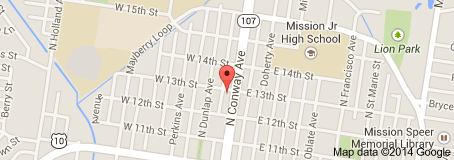Each year, nearly two billion birds migrate through the Lone Star State. Many of the migratory species use the night sky as a tool to navigate through the state and back to their homes and breeding grounds.
However, nighttime light pollution has become a growing challenge for many birds, leading to high rates of building strikes and migratory bird deaths. Lights Out, Texas! is an initiative focused on reducing bird losses by enlisting the help of Texans.
As millions of birds pass through Texas during peak fall migration season, Texas A&M AgriLife is taking concrete action to help ensure their safe passage and calling on the community to join the effort.
Texas A&M AgriLife is participating in the statewide Lights Out, Texas! campaign, asking staff and the public to turn off nonessential lights from 11 p.m. to 6 a.m. now through November 30. This simple action addresses a serious threat: artificial light at night disorients migrating birds, causing deadly collisions with buildings and disrupting their critical twice-yearly journeys.
Othe guidelines are not to use landscape lighting to light up trees or gardens where birds might be resting. Also, close blinds at night to reduce the amount of light being emitted from windows.
For essential lights aim lights down or use lighting shields to avoid light shining into the sky or trees. You can also use motion detectors and sensors, so lights are only on when you need them.
Birds are vitally important to the environment and benefit us in a variety of ways. Turning off non-essential lights or shielding essential ones is also good for people. Artificial Lights At Night (ALAN) can negatively impact our health from sleep deprivation to depression to heart disease. By turning off lights, we protect birds, and ourselves. It’s a win-win.
Birds can’t see glass. Instead, they see whatever happens to be reflected in its mirror-like surface as a continuation of habitat and clear glass as an open passageway. It’s estimated that between one hundred million and one billion birds die every year in collisions with manmade structures — one of the biggest killers of migratory birds. Bird-safe glass is specially designed to make glass a visible obstacle to birds. A variety of approaches, such as fritting, silk-screening, or ultraviolet coating, create a pattern that breaks up the reflectivity of the glass and alerts birds to its presence
With your help, we can dramatically reduce the hazards posed by light pollution and bird collisions in cities nationwide and allow birds to resume their typical migratory behaviors.
For the full story with helpful links, visit https://tx.audubon.org/urbanconservation/lights-out-texas.













